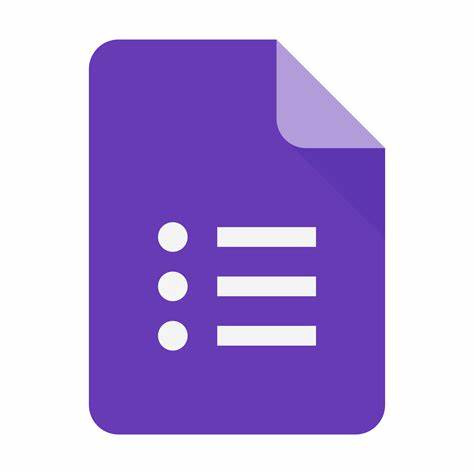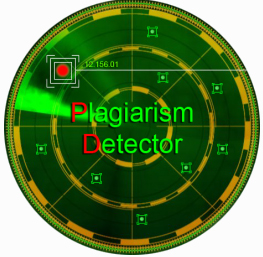WEB SCRAPING OF DISEASE INFORMATION FROM SOCIAL MEDIA TWITTER
Abstract
Environmental degradation caused by land conversion, trash (both domestic and industrial), and natural catastrophes is all variables that contribute to the establishment of disease susceptibility. Experts throughout the world suggest “ONE HEALTH” as a strategy for dealing with the threat of zoonoses. The One Health concept is a worldwide strategy to expand interdisciplinary collaboration and communication in all aspects of health care for humans, animals, and the environment. To overcome this disease of zoonoses, we developed a system of information zoonoses and Emerging Infectious Disease (SIZE). In this system of SIZE, we gather the disease information from social media. The disease information was collected from Twitter are Demam Berdarah Dengue (DBD), malaria disease, Antraks Disease, Canine Madness (Anjing Gila), Bird Flu (flu burung), and Ebola Disease. Twitter is a social media platform that has become a constant resource developing for data collectors. To perform this task to get the data of disease information, related tweets and Twitter user details the data collection using web scraping. Data Collection from Twitter was carried out by applying web scraping technology using python language. The scraping experiment from twitter in this study has succeeded in retrieving disease information from 2015-2020 using an advanced tool for Twitter scrapping called Twint using the python script. As the results lately have been increased number of tweets of diseases from canine madness (anjing gila) 34477, followed by Malaria Disease (28046) and Demam Berdarah Dengue (DBD) 11950 in 2020.
Full Text:
PDFReferences
S. Kumar Singh, P. Verma, P. Kumar, and A. Abdul, “Journal of Critical Reviews Sentiment Analysis of Covid-19 Epidemic Using Machine Learning Algorithms on Twitter,” vol. 7, no. 18, p. 2020, 2020.
N. Nurda, R. Noguchi, and T. Ahamed, Forest productivity and carbon stock analysis from vegetation phenological indices using satellite remote sensing in Indonesia, vol. 4, no. 3. Springer Singapore, 2020.
N. Nurda, R. Noguchi, and T. Ahamed, “Change detection and land suitability analysis for extension of potential forest areas in Indonesia using satellite remote sensing and GIS,” Forests, vol. 11, no. 4, pp. 1–22, 2020, doi: 10.3390/F11040398.
M. I. Habibie, T. Ahamed, and R. Noguchi, “Deep Learning Algorithms to determine Drought prone Areas Using Remote Sensing and GIS,” 2020 IEEE Asia-Pacific Conf. Geosci. Electron. Remote Sens. Technol., doi: 10.1109/AGERS51788.2020.9452752.
M. I. Habibie, R. Noguchi, S. Matsushita, and T. Ahamed, “Development of micro-level classifiers from land suitability analysis for drought-prone areas in Indonesia,” Remote Sens. Appl. Soc. Environ., vol. 20, no. June, p. 100421, 2020, doi: 10.1016/j.rsase.2020.100421.
M. I. Habibie, R. Noguchi, M. Shusuke, and T. Ahamed, Land suitability analysis for maize production in Indonesia using satellite remote sensing and GIS-based multicriteria decision support system, vol. 5. Springer Netherlands, 2019.
A. Candra, “Demam Berdarah Dengue : Epidemiologi , Patogenesis , dan Faktor Risiko Penularan Dengue Hemorrhagic Fever : Epidemiology , Pathogenesis , and Its Transmission Risk Factors,” Demam Berdarah Dengue Epidemiol. Patog. dan Fakt. Risiko Penularan, vol. 2, no. 2, pp. 110–119, 2010.
A. Ruliansyah and F. Y. Pradani, “Perilaku-Perilaku Sosial Penyebab Peningkatan Risiko Penularan Malaria di Pangandaran,” Bul. Penelit. Sist. Kesehat., vol. 23, no. 2, pp. 115–125, 2020, doi: 10.22435/hsr.v23i2.2797.
C. Clarasinta and T. U. Soleha, “Penyakit Antraks : Ancaman untuk Petani dan Peternak,” Majority, vol. 7, no. 1, pp. 158–164, 2017.
M. Saepulloh and R. M. Abdul, “PEMETAAN GENETIK VIRUS RABIES PADA ANJING SEBAGAI DASAR PENETAPAN PENGENDALIAN PENYAKIT Genetic Mapping of Rabies Virus in Dogs as a Basis for Disease Control,” J. Kedokt. Hewan, vol. 10, no. 1, pp. 43–48, 2010.
F. Elytha, “Sekilas Tentang Avian Influenza ( Ai ),” J. Kesehat. Masy., vol. 6, no. 1, pp. 47–50, 2006.
H. E. Yanti and Aryati, “Penyakit Virus Ebola (Ebola Virus Disease),” Indones. J. Clin. Pathol. Med. Lab., vol. 21, no. 2, pp. 195–201, 2015, [Online]. Available: file:///C:/Users/A4/AppData/Local/Temp/351-178-1-SM.pdf.
Kementerian Koordinator Bidang Pembangunan Manusia dan kebudayaan, “Implementasi one health di indonesia,” p. 2, 2016.
J. Eka Sembodo, E. Budi Setiawan, and Z. Abdurahman Baizal, “Data Crawling Otomatis pada Twitter,” no. September, pp. 11–16, 2016, doi: 10.21108/indosc.2016.111.
DOI: https://doi.org/10.33365/jti.v16i2.1871
Refbacks
- There are currently no refbacks.
Copyright (c) 2022 Muhammad Iqbal Habibie, Taufiq Widiaputra, Yulianingsani Yulianingsani

This work is licensed under a Creative Commons Attribution-ShareAlike 4.0 International License.
JURNAL TEKNOINFO
Published by Universitas Teknokrat Indonesia
Organized by Prodi S1 Informatika FTIK Universitas Teknokrat Indonesia
W: http://ejurnal.teknokrat.ac.id/index.php/teknoinfo/index
E : teknoinfo@teknokrat.ac.id.
Jl. Zainal Abidin Pagaralam, No.9-11, Labuhan Ratu, Bandarlampung

This work is licensed under a Creative Commons Attribution-ShareAlike 4.0 International License.
Jumlah Pengunjung : View Teknoinfo StatsCounter



















